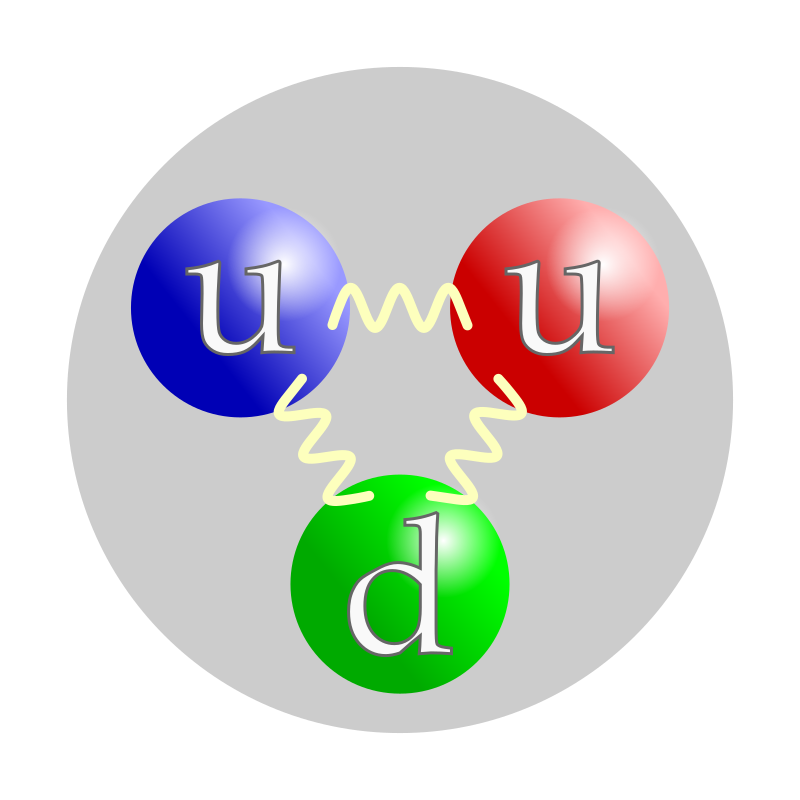Researchers use supermassive and massive objects to observe the dark matter. The dark matter is the gravitational effect, and researchers use things like galactic clusters to see how the dark matter bends the light. Researchers calculate how much those objects should weigh. Then they, see how much the object turns or blends the light in the gravity lens. That tells what is the real mass of the object.
In some models dark matter or weakly interacting massive particles (WIMP) are inside all or some other particles. The idea for that is from the observation that protons involved charm quark. The charm quark is a more massive particle than a proton. That gave the idea that the charm quark might hover in protons. And the next idea was this. Maybe dark matter's WIMP particle hovers in some other particle.
Because dark matter interacts with gravity as well as visible material. Researchers should find dark matter near massive objects or gravity centers. The thing that makes this mysterious gravity effect interesting is that, theoretically, the material can turn invisible, and dark matter is only one state of matter. But is it real material or is it some kind of virtual material?
Above: Neutron is a composition of 1 up quark and 2 down quarks.
The "lone quark" model:
Protons involve two up quarks and one down quark. Neutron has two down quarks and one up quark. If that lone quark turns into its anti-quark material may turn invisible.
It's possible that the up quark can transform into its antiquark in neurons, or the down quark can transform into its antiquark in the protons. That causes a situation in which the antiquark cannot find its mirror particle. In that model, the lone quark's transformation turns the material dark.
In some models, there is the possibility that all other particles can create similar holes with electrons. The electron-hole is a positive point in the electron orbital. It's possible. Researchers can apply this model to eight color states in gluons.
So can the quarks and gluons have similar abilities with electrons? In that case, the gluon or quark quantum charge can turn opposite. So the color charges or color states act like electricity in, and between electrons. And that means the gluon can create similar holes with electrons.
Theoretically, a quark can form a quark hole when the quark turns into its antiquark. And if the antiquark cannot interact with its opposite or mirror quark there is no annihilation. Annihilation is possible only when a particle interacts with its mirror particle.
And if the down quark transforms into its mirror particle in proton, or the up quark can transform into its antiparticle in neutrons it's possible. That the anti-up or anti-down quark doesn't find its mirror particle. And there should not happen an annihilation.
In some other models, the charm quark in the proton can turn into an anti-charm quark. The charm quark hovers in the protons, and if that thing turns into an anti-charm quark, it might not find the mirror particle. But then another question is, can this thing turn material into dark?
https://phys.org/news/2024-03-physicists-dark-small-scale-solution.html
https://en.wikipedia.org/wiki/Gluon
https://en.wikipedia.org/wiki/Gravitational_lens
https://en.wikipedia.org/wiki/Neutron
https://en.wikipedia.org/wiki/Proton
https://en.wikipedia.org/wiki/Quark
https://en.wikipedia.org/wiki/Weakly_interacting_massive_particle







No comments:
Post a Comment
Note: Only a member of this blog may post a comment.